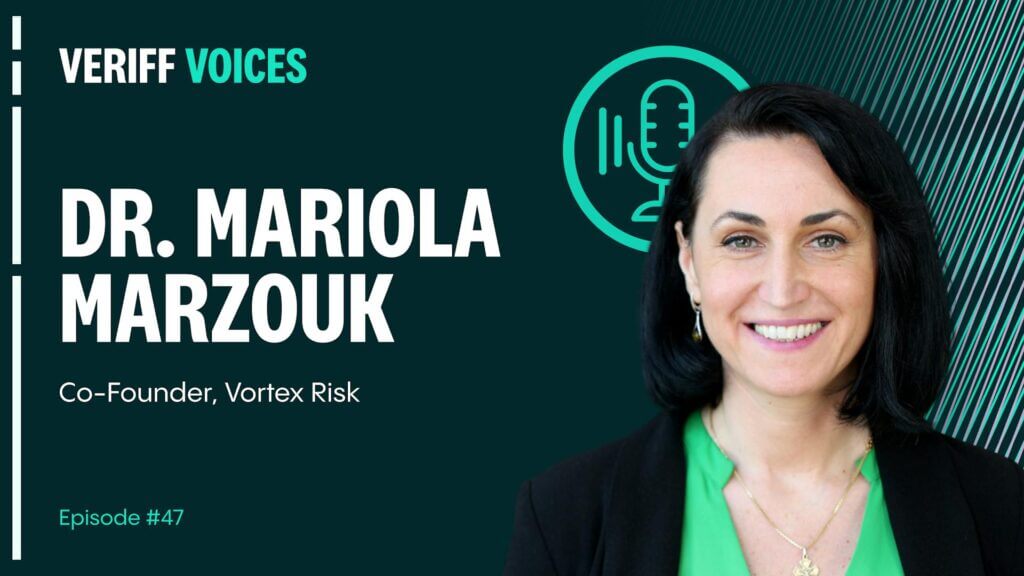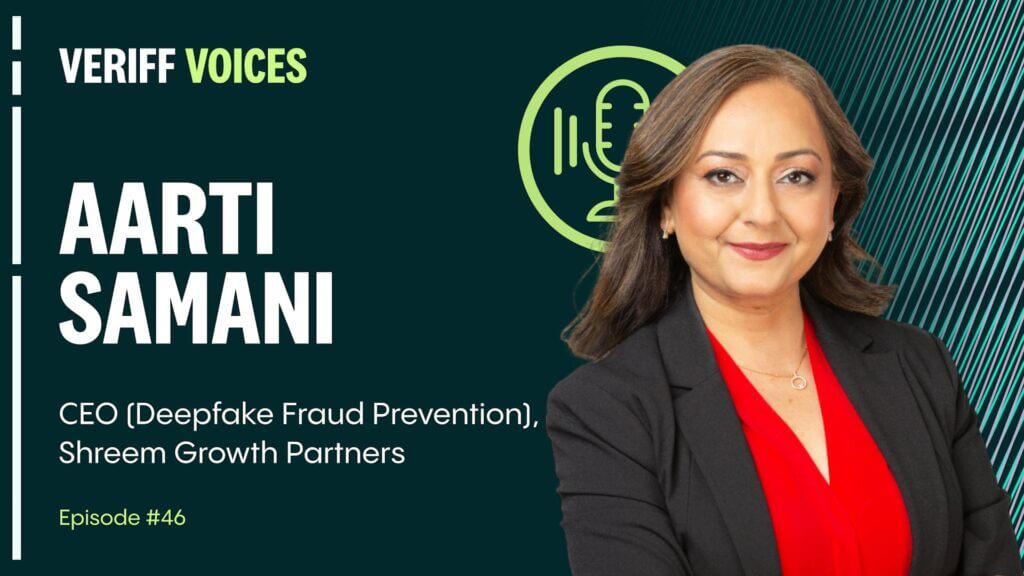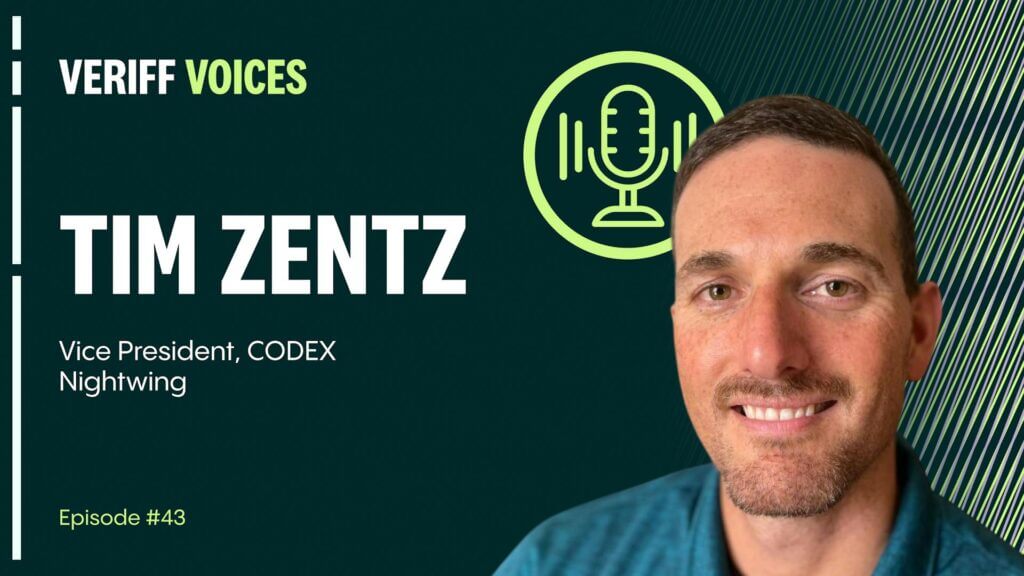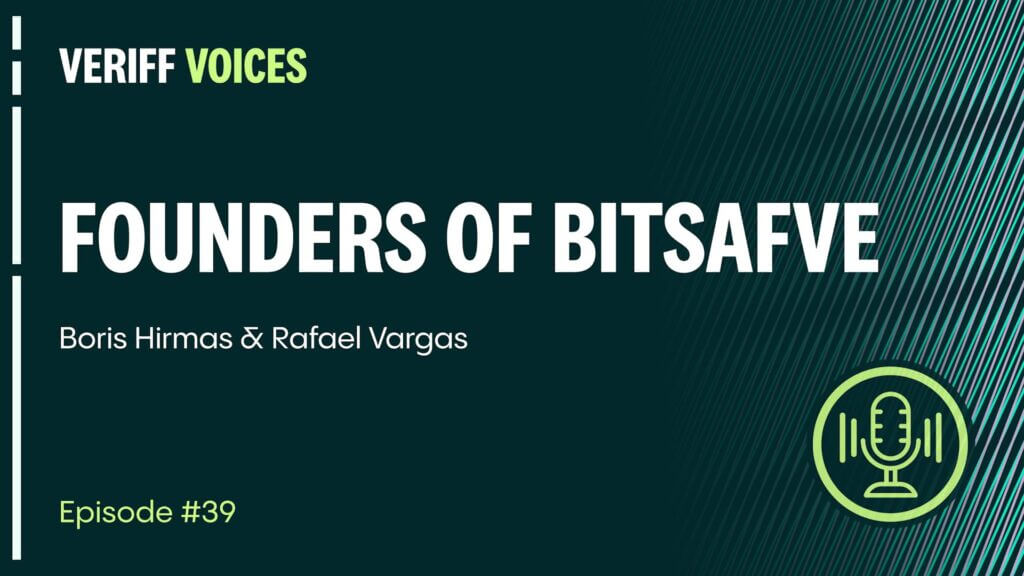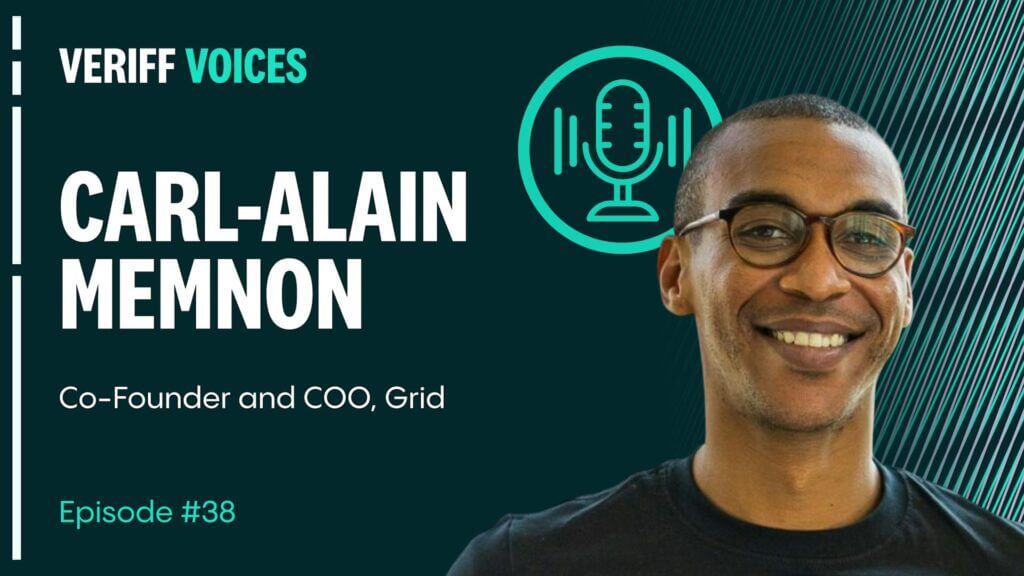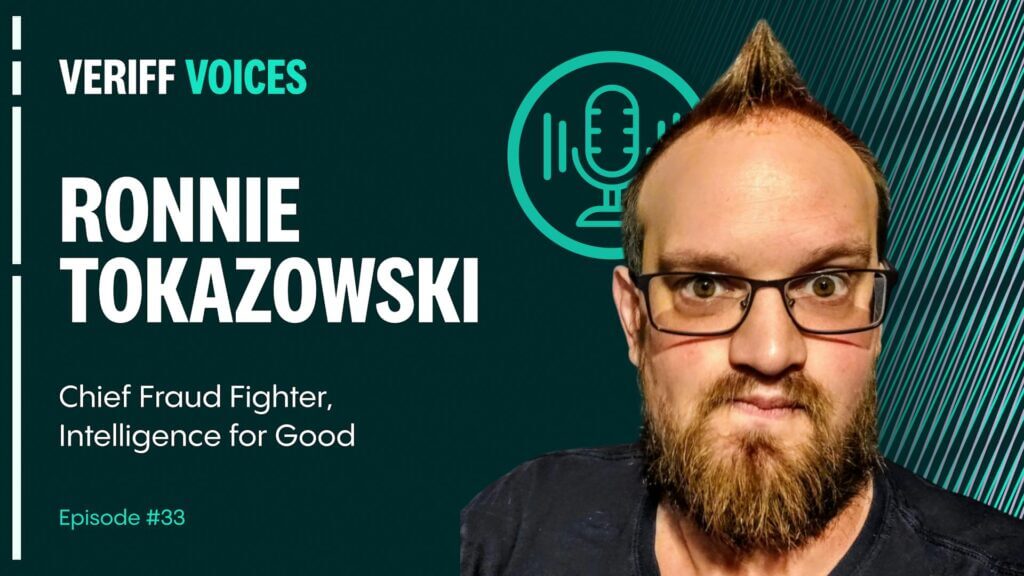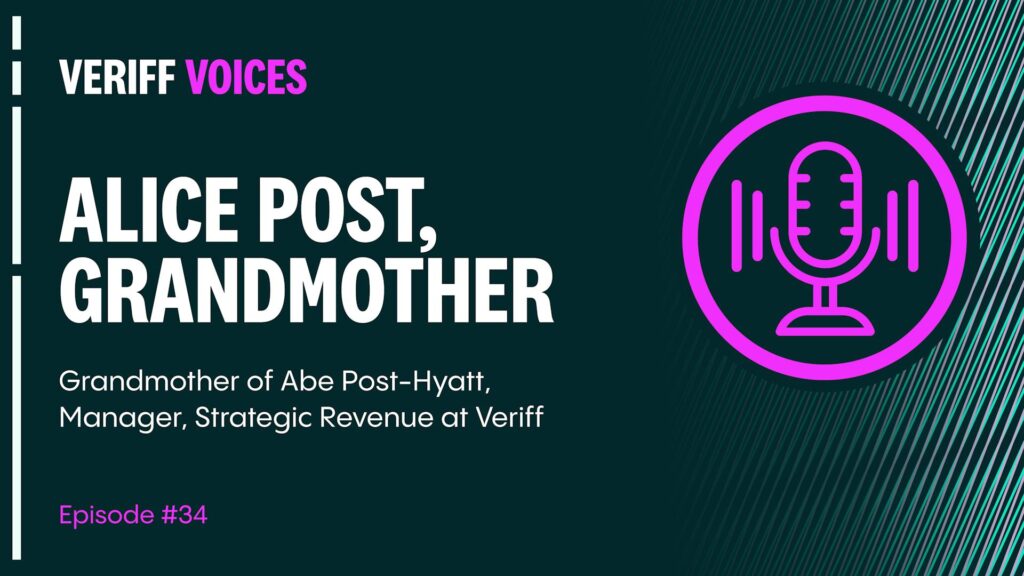Podcast
4 ways to combat the evolving threat of fraud
Fraud is no longer a crude scam involving poorly written emails or suspicious lottery schemes. It has evolved into a sophisticated, organized operation that exploits trust, technology, and human vulnerabilities.
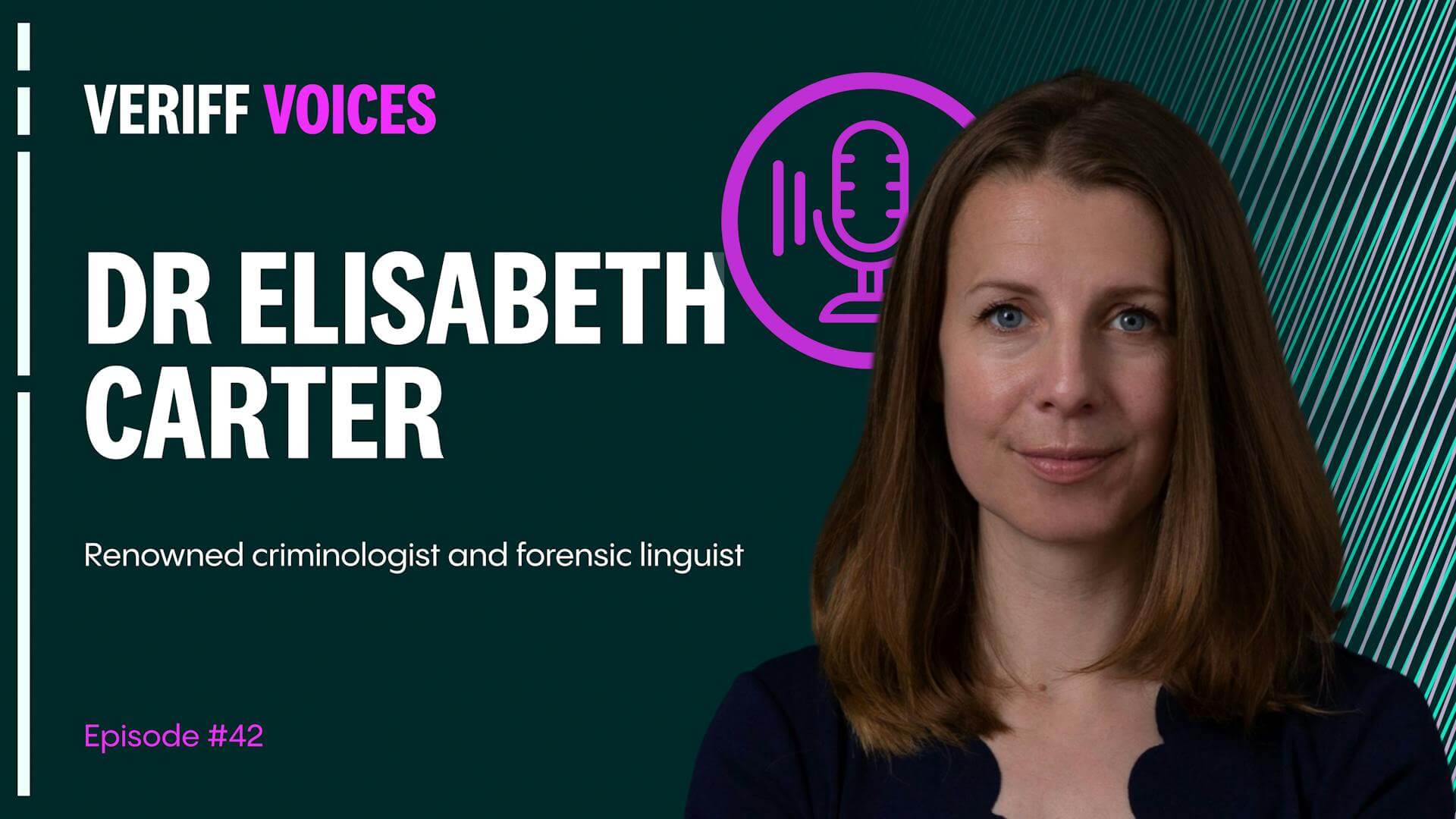
Listen to full conversation with Elisabeth now!
In this episode of Veriff Voices, we sat down with renowned criminologist and forensic linguist, Dr. Elisabeth Carter, to dive into the psychology of fraud, the emotional toll on victims, and how organizations can strengthen their defenses.
Here are four actionable strategies discussed in the episode to help protect businesses, customers, and industries from the growing threat of fraud.
1. Fraudsters exploit human and contextual vulnerabilities
Modern fraudsters are masters of manipulation. They exploit both social vulnerabilities—such as loneliness, grief, or financial stress—and contextual opportunities, like timely emails that align with a bill renewal or financial event. For example, a fraudster might pose as a TV license provider, sending an email that seems legitimate simply because it arrives at the right time.
Carter points out that victims are often groomed over weeks or even months, a process similar to coercive control. Fraudsters work slowly, isolating their victims and creating an emotional bond, she explains. They use secrecy, urgency, and trust to ensure their targets don’t seek external advice or assistance, making it difficult to spot the manipulation until it’s too late.

What these fraudsters do is they want you just to be solely focused on them and that interaction. Secrecy, isolation, urgency, it’s their number one toolkit, that’s what they need to do.
What businesses can do
Businesses can play a key role in disrupting these tactics by educating customers about common fraud scenarios. Regular communication through newsletters or app notifications can keep fraud awareness front of mind. Encouraging open dialogue among friends and family about financial decisions can also break the isolation fraudsters rely on, while transparency about security measures helps build trust.
2. AI is both a threat and a solution
Artificial intelligence (AI) is a double-edged sword in the fight against fraud. On one hand, fraudsters are leveraging AI to create deepfakes, manipulate data, and craft synthetic identities that can pass basic identity verification (IDV) checks. These advancements make fraudulent interactions appear seamless and credible, erasing many of the red flags that once alerted victims.
On the other hand, businesses have a powerful ally in AI. Advanced AI-driven fraud detection systems, like Veriff, can analyze behavioral patterns, spot anomalies, and flag suspicious activity faster than ever before. This technology has the potential to revolutionize fraud prevention, especially for industries like online dating, gaming platforms, and financial services, where fraudulent interactions often begin.
What businesses can do
To stay ahead, businesses should invest in AI-powered tools to detect fraud patterns at scale and monitor customer activity in real-time. Collaborating with other industries to share insights and develop unified solutions can help tackle fraud at its origin. By applying AI to counteract the very tools fraudsters use, companies can create a more secure digital environment.
3. Empower call center teams to spot coercion
Frontline customer service teams are often the first line of defense against fraud. However, many staff members lack the training or resources to identify signs of coercion or fraudulent manipulation. Dr. Carter stresses the importance of equipping call center teams with the tools to recognize these behaviors and engage customers effectively.
Language is critical here. Replacing the word “scam” with “fraud” during conversations can carry more weight and urgency for customers and reflect the criminality of the interaction. Instead of asking a yes-or-no question like, “Are you sure this isn’t a scam?” teams should be trained to ask open-ended questions that encourage reflection, such as, “What made you feel comfortable proceeding with this transaction?”
Mike Haley, CEO at Cifas, talks more about changing the narrative around fraud victims and the language used.
What businesses can do
Providing training, scripts, and behavioral analytics tools can make it easier for teams to identify red flags. When combined with empathetic communication, this approach empowers staff to protect customers from coercion while maintaining a positive relationship.
4. Add friction to build trust and security
While businesses often prioritize a frictionless customer experience, Elisabeth argues that introducing strategic friction can protect customers from fraud. Features like mandatory two-factor authentication, additional verification for large transactions, or delays on suspicious payments give both customers and businesses time to evaluate the legitimacy of a transaction.
The Veriff Fraud Index 2024 found customers are open to additional friction when it enhances security. In fact, 64.1% of respondents expressed a willingness to endure longer processes if it meant better protection for their data and assets. The key is clear communication—explaining how these safeguards benefit the customer.
What businesses can do
Adding even a brief pause for certain transactions allows both customers and businesses to catch potentially fraudulent activity before it’s too late. When implemented thoughtfully, friction becomes a tool for reassurance rather than an inconvenience.
The human cost of fraud
Fraud is not just a financial crime—it’s a deeply personal violation that leaves lasting emotional scars. Victims often blame themselves, feeling ashamed or naïve for becoming a victim of fraud. Dr. Carter emphasizes the importance of recognizing fraud as a form of grooming and psychological abuse.
For businesses, this means moving beyond financial reimbursement to offer psychological support, clear communication, and education. Collaboration across industries is also vital. Fraudsters thrive on low-risk environments; by sharing data and insights, organizations can create a safer internet for everyone.
Fraud may be evolving, but so are the tools and strategies to combat it. From leveraging AI to empowering frontline teams and fostering industry-wide collaboration, businesses have the opportunity to lead the fight against fraud and rebuild trust in the digital age.

Veriff Voices
Hear more from Elisabeth on the psychology of fraud and how businesses can protect their customers.




